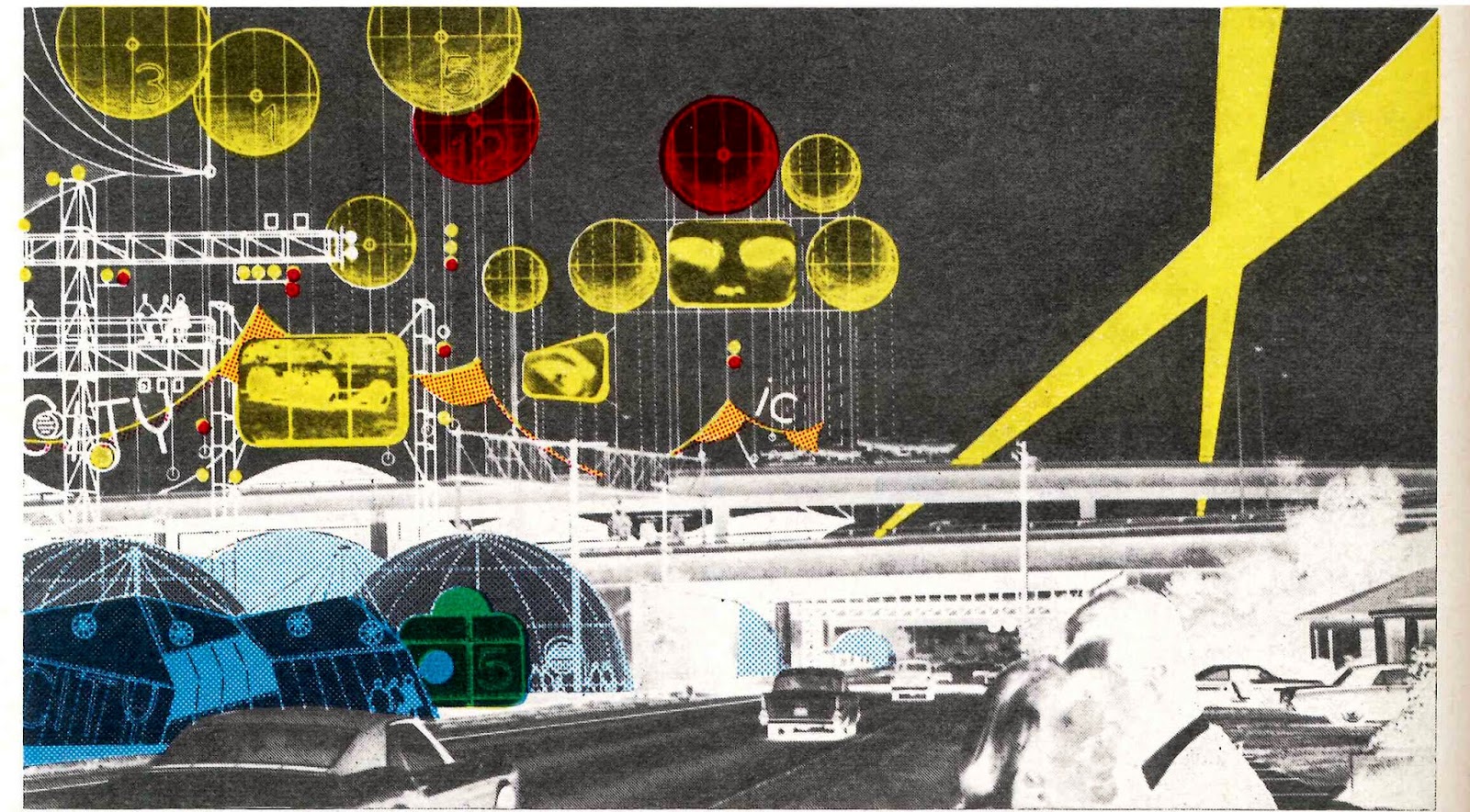One of the great lessons that urban planners
and analysts can learn from the study of diasporas, is the way in which migrations
have a two-fold effect upon the human habitat: population growth in places of
reception, and decrease in the original hometowns of the migrants. But the
possibility of decreasing has historically been neglected in the science of
urban planning, due to the cultural and historical determinations that gave
rise to Modern urbanism. Urban science and architectural theory of the last century
have considered the city essentially an expansive structure, in perpetual
growth: modern urbanism was born in parallel to the rise of the industrial
revolution, a historical period characterized by strong demographic growth,
which led urban studies to tackle more thoroughly the outcome of expansive
developments than that of decrease. It was so, that when the frantic urban
expansion in certain areas of Asia or Africa superseded the growth of Western
cities, many American and European architectural stars moved to countries such
as China or Nigeria as the most exciting hotspots for contemporary urbanism.
The most influential architectural theoretician of the last decades, Rem Koolhaas, even said that Europe has
ceased to be interesting, because it has stopped growing.
(Images from Detroiturbex.com)













